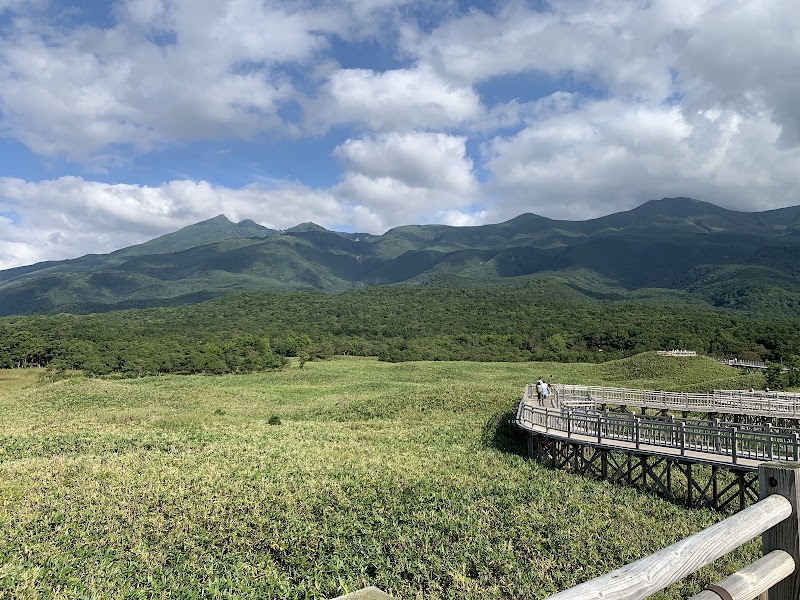
Akan Mashu Marathon: Taming Hokkaido’s Fierce Wilderness on Foot
The Akan Mashu Marathon in Teshikaga challenges adventurers with a scenic and rugged 42-kilometer course through Hokkaido’s volcanic wilderness. This guide offers a clear picture of the terrain, preparation tips, and seasonal insights to help you conquer one of Japan’s most immersive outdoor experiences.
Choose Footwear with Grip
The course involves uneven volcanic rock and slippery moss; trail running shoes with firm soles ensure safety and traction.
Hydrate Strategically
Water stations are spaced but limited—carry a hydration pack to maintain steady fluid intake without relying solely on course stops.
Time Your Run for Cooler Hours
Start early morning or late afternoon to experience ideal light and avoid midday heat, improving both comfort and visibility.
Mind Elevation Shifts
Expect several 600-meter climbs spread over the course—pace yourself to manage endurance and preserve energy for technical descents.
Akan Mashu Marathon: Taming Hokkaido’s Fierce Wilderness on Foot
The Akan Mashu Marathon carves its path through one of Hokkaido’s most formidable natural reserves—the Akan-Mashu National Park in Teshikaga. Covering approximately 42 kilometers, this marathon invites runners and hikers alike to engage directly with terrain that pushes both body and mind. Starting near the shores of Lake Akan, the route undulates through dense, ancient forests where trees seem to lean in, daring you to keep pace. Along the way, volcanic hills rise sharply, demanding careful footing on rugged trails scattered with volcanic rocks and roots that clutch at your shoes.
This marathon isn’t just a test of endurance—it’s a conversation with the land itself. Rivers murmur and rush alongside sections of the course, their currents daring you to move faster as they chase the path downhill. Elevation gains reach around 600 meters, striking a balance that challenges without overwhelming. The air shifts from cool forest shade to open hilltops where expansive views of Lake Mashu and its famously clear waters reward the effort.
Preparation remains practical and straightforward. Sturdy trail running shoes with solid grip are non-negotiable given slippery moss patches and occasional loose gravel. Hydration packs are essential—water stations are spaced but don’t fully cover the course’s length. Early autumn is the prime window for the marathon, when temperatures cool, and the landscape colors itself in flames of red and gold, though some fog may drift down to cloak the trail in mystery.
Timing your run or hike around dawn or late afternoon lets you absorb light playing on ancient volcanic ridges without the harsh glare of midday. The marathon is a dialogue with wild forces that demand respect—not conquest—offering an experience deeply rewarding to anyone ready for raw, honest adventure in Japan’s northern wilds.
Nearby Trips
All Adventures
Boat Charters
Water Activities
Adventures near Teshikaga, Hokkaido
Discover the unique and memorable adventures that make Teshikaga, Hokkaido special.
Frequently Asked Questions
What is the total elevation gain of the marathon course?
The course rises approximately 600 meters cumulatively, with multiple steep ascents and descents weaving through volcanic hills.
Are there aid stations along the course?
Yes, there are several aid stations offering water and basic snacks, but distances between them vary, so carrying personal hydration is recommended.
Is the marathon suitable for casual hikers?
While physically demanding, casual hikers with good fitness can attempt sections or even complete the course if paced carefully and prepared.
What wildlife might be seen en route?
Keep an eye out for red foxes, Ezo deer, and occasional birds of prey circling overhead—these animals are part of the vibrant park ecosystem.
Has the course route changed recently?
Minor adjustments have been made to avoid erosion-prone zones, but the core route maintains its challenging volcanic and forest landscapes.
Are there resting spots along the way?
Designated areas offer benches and scenic overlooks, perfect for brief recovery while taking in views of lakes and forested ridges.
Recommended Gear
Trail Running Shoes
Provide grip and ankle support over uneven and rocky terrain.
Hydration Pack
Ensures consistent fluid availability between water stations.
Lightweight Windbreaker
Protects against sudden temperature drops and wind on exposed hilltops.
Running Gloves
Help maintain warmth during chilly morning starts or wind-exposed sections.
Local Insights
Hidden Gems
- "Obaasan Rock—a dramatic volcanic formation near the midpoint offering panoramic views."
- "Hidden waterfall off the secondary trail where rushing water creates a mist that cools the air."
Wildlife
- "Ezo deer with their alert eyes often peek through foliage."
- "Northern goshawks, silent but watchful, glide between trees."
History
"The Akan-Mashu Park area holds Ainu heritage significance, with several nearby sites marking historic land use and spiritual connections to the volcanic landscape."
